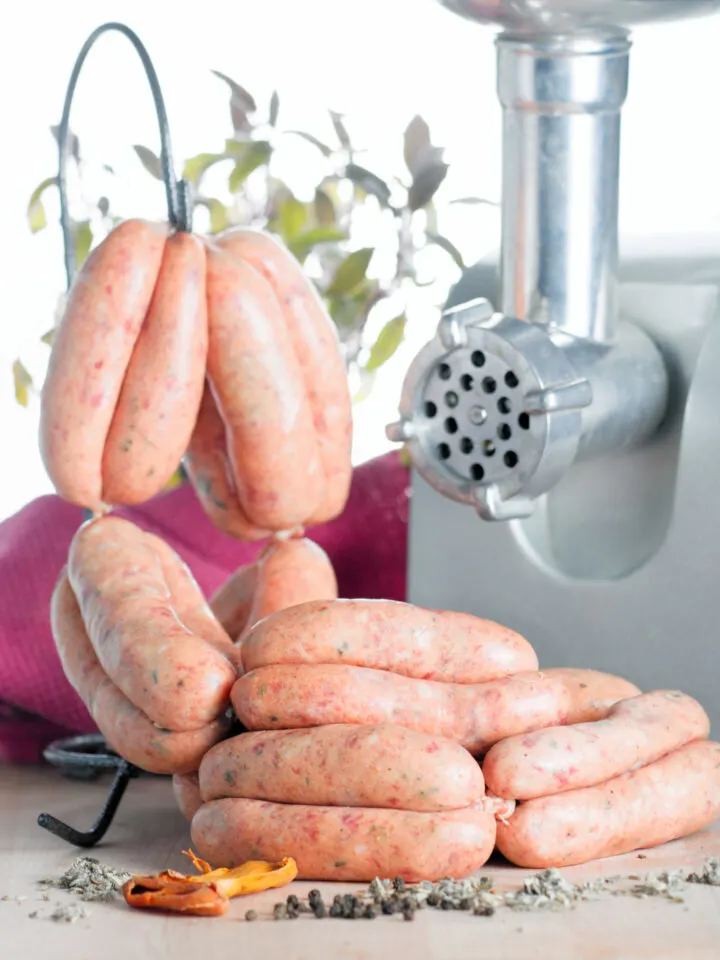
Jul . 27, 2024 03:56 Back to list
Price List for Sausage Processing Equipment at Our Premium Smoke House Facility
Understanding Smokehouse Options for Sausage Processing A Pricing Overview
In the world of meat processing, particularly sausage production, a smokehouse is an essential piece of equipment that can significantly impact both the flavor and quality of the final product. For manufacturers, whether large-scale commercial operations or small artisanal producers, investing in the right smokehouse is critical. A thorough understanding of the available options and their associated costs can make a substantial difference in production efficiency and product quality.
Smokehouses designed for sausage processing come in various shapes, sizes, and styles, each tailored to meet specific needs. The price of a smokehouse can vary widely based on several factors, including capacity, construction materials, fuel type, and features such as temperature control, humidity management, and automation. Basic models can start around a few thousand dollars, while more sophisticated, high-capacity units can exceed tens of thousands.
Types of Smokehouses
1. Traditional Smokehouses These are typically built from wood or brick and require manual labor for operations, including loading, temperature management, and monitoring. They are often favored by artisanal producers for the distinctive flavor they impart. Prices for traditional smokehouses can range from $2,000 to $10,000, depending on size and construction.
2. Electric Smokehouses These are highly popular due to their ease of use and consistency. Electric smokehouses come equipped with digital controls for temperature and smoke levels, allowing producers to achieve precise results. They are ideal for smaller operations and can be found in the $3,000 to $15,000 range.
3. Gas and Pellet Smokehouses These models use propane or wood pellets as fuel sources, offering a balance between convenience and traditional flavor. They are versatile and can cater to various processing needs. Prices for gas or pellet units typically range from $2,500 to $12,000.
smoke house for sausage processing pricelist

4. Industrial Smokehouses For larger manufacturers, industrial smokehouses provide the efficiency and capacity needed to process high volumes of sausage. These advanced systems often feature automation technology, allowing for remote monitoring and control. Due to their complexity and large scale, prices for industrial smokehouses can start at $20,000 and can go significantly higher depending on customization and capacity.
Additional Costs to Consider
When budgeting for a smokehouse, it's essential to consider additional costs beyond the initial purchase price. Installation costs, which may include electrical or gas line work, ventilation systems, and other infrastructure adjustments, can add a few thousand dollars to the overall expenditure. Maintenance is another critical factor. Regular cleaning and parts replacements are necessary to ensure the smokehouse operates efficiently and safely.
Moreover, there may be costs associated with training staff to operate the smokehouse, especially for more complex units. It's crucial to include these factors in the overall investment calculation to avoid unexpected future expenses.
Conclusion
As the sausage processing industry continues to evolve, so too do the technologies and methodologies surrounding smokehouses. For producers looking to enhance their product offerings, understanding the various smokehouse options available and their pricing structures is essential. By evaluating the specific needs of the operation—be it scale, flavor profile, or production efficiency—processors can make informed decisions that contribute to the success of their sausage production endeavors. Whether opting for a traditional setup or a modern automated solution, the right smokehouse can elevate a product from ordinary to exceptional.